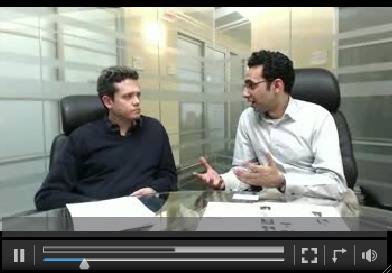by Michael Tarsala
It’s true: Investors now have to pay up for dividend stocks.
As a result, some are worried that the classic income-generating stock group may no longer be a safe haven. They are such a popular investing idea that there’s an open question about whether they are merely a hot trend that is in danger of being played out.
The “is it a bubble” debate is now one of the most talked about financial stories of the summer, somewhere just behind the “fiscal cliff”, the slowing economy, seemingly never-ending string of bank scandals and, as usual, everything Apple (AAPL).
Investors have added $16 billion to dividend stock mutual funds since the start of the year, according to data from EPFR Global. They have pulled $25 billion from non-dividend funds over that same timeframe.
Yet there’s no imminent sign of collapse, says Covestor money manager Charles Sizemore, who runs the Dividend Growth investment model. He continues to be long several big-name dividend-paying stocks including Unilever (UL), his largest holding, with a 3.3% yield.
It’s not a bubble, he says, partly because saying so would mean there is some wild, unrealistic expectation. And with blue chips such as Coca-Cola, (KO) Johnson & Johnson (JNJ), Wal-Mart (WMT) and Procterr & Gamble (PG) at 17, 12, 13 and 16 times forward earnings, respectively, that’s just not the case.
Perhaps more importantly, investors in dividend stocks are not trying to get rich quick. To the contrary, many are at or near retirement age, and are simply trying to find a decent – not excessive – yield.
Here’s a segment from Dan Kadlec at Time Moneyland that reflects that sentiment:
What’s happening to dividend stocks seems analogous to the housing market in, say 2002. That’s when the bubble talk began and, of course, a bubble was building. But it took another five years and prices rose another 50% before the bubble burst. Even with the brutal decline since 2007, most who bought real estate in 2002 are about even.
Bubbleologists may be misreading the dividend frenzy. Wall Street generally attributes the latest rush to dividends as a result of the persistent Euro crisis and recent hiccups in the China growth story. Fearing a global slowdown, the thinking goes, investors are shifting out of economy-sensitive stocks into sectors like healthcare and consumer staples—considered defensive because of their steady cash-flow even in hard times and their commitment to paying a dividend
Yet this defensive shift is but a small part of the story. What’s really driving the trend to dividends is the low yield environment that has retirees, especially, so desperate to secure an income stream that they have begun moving up the risk ladder. The 10-year Treasury bond just hit a record low yield of 1.4%. The average savings account now pays .19% and the average money market rate is just .22%. Those who invest for income have been living a nightmare, and many simply can’t tolerate it anymore.
Covestor offers a range of seven different dividend-focused investment models. Two of them — the Dividend and Income Plus Model and the High Dividend Low Volatility investment model zero in on stocks that also are typically less volatile than the market at large, based on beta.
If you would like to find out more about any of the Covestor investment models and how money you keep in a Covestor account is managed separately in your name (not intermingled with other people’s money), contact Bhargav in our New York office, at 1370 Broadway. His number is 866-825-3005 X 703. He can help you determine if one of the Covestor choices might be a suitable investment.



